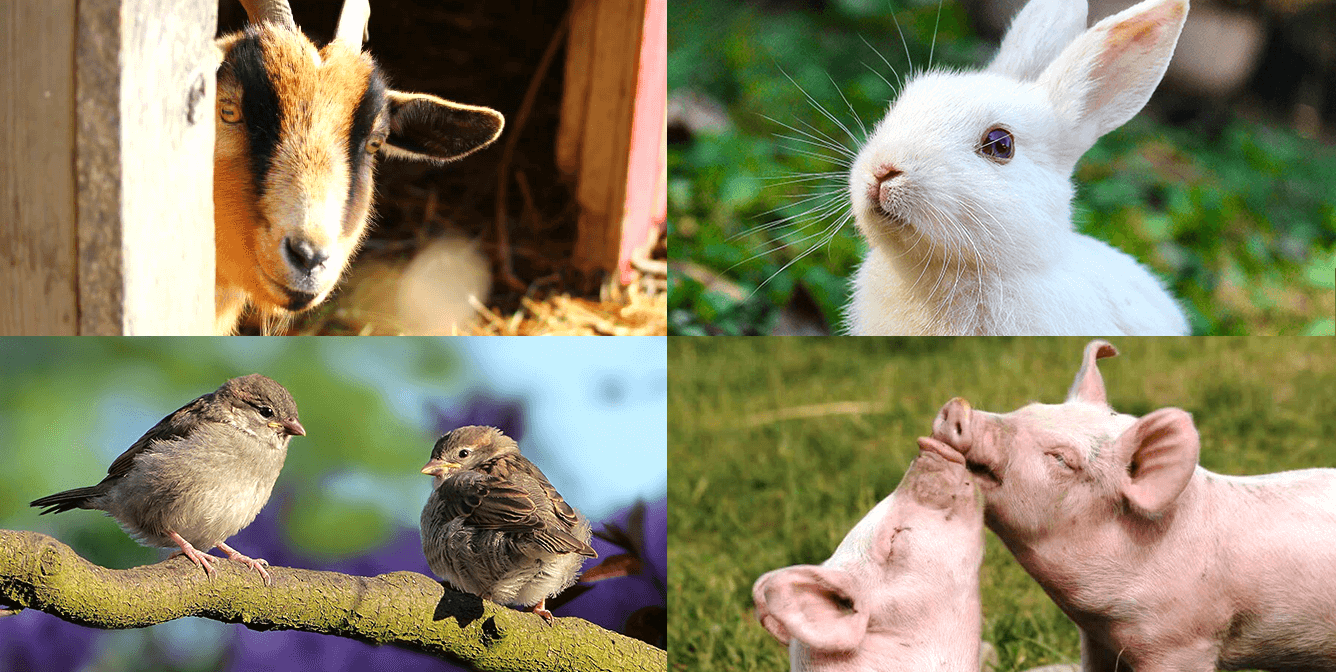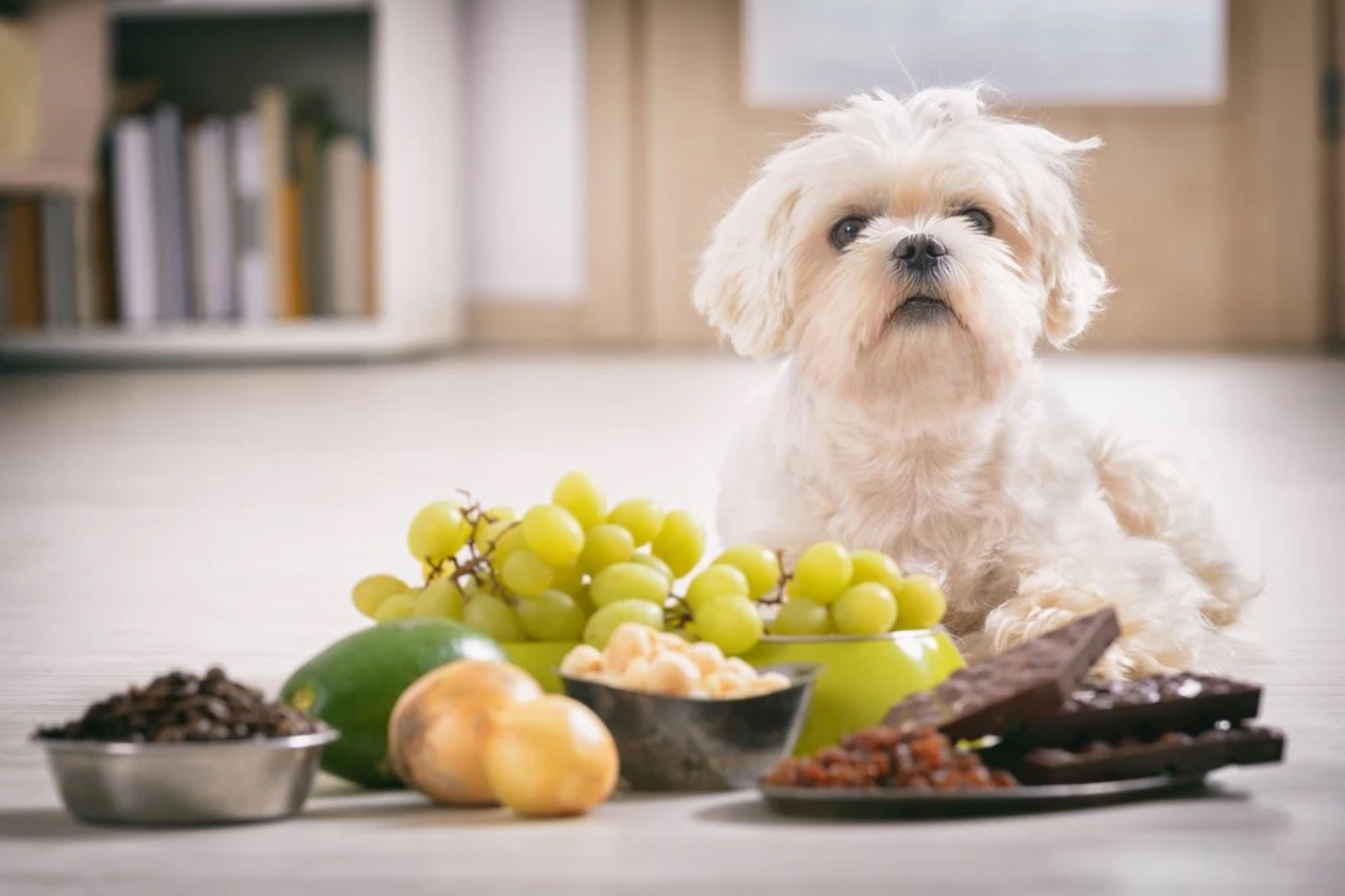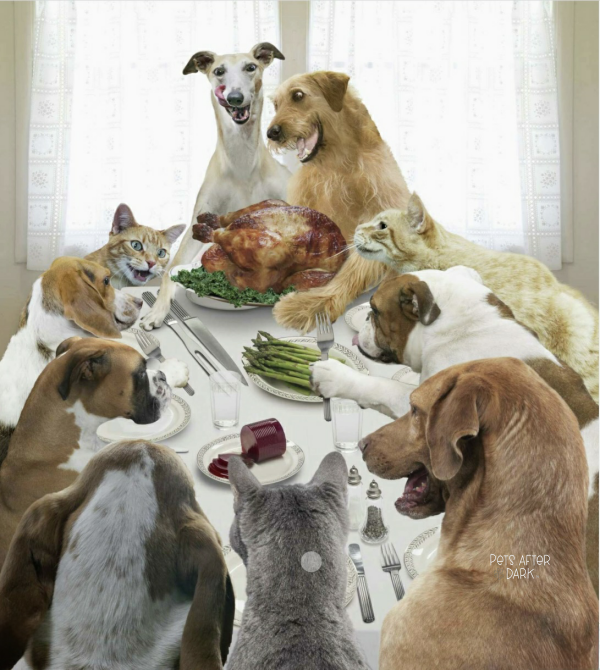
sen·tient /ˈsen(t)SH(ē)ənt/ adjective 1. able to perceive or feel things.
I recently presented at the Institute of Critical Animal Studies (ICAS) conference on “Recognizing Non-Human Animals as Sentient Beings”. I
Weeknights 7PM - Midnight
Weekends 8AM - Midnight

The holidays are a wonderful time of year when we gather together with friends and family. However, it is also a time of year where pets may be more likely have access to foods and items that are potentially toxic. It is important to be aware of potential toxins in your household and to limit your pets’ exposure.
One of the most common toxin exposures we see are in pets who have eaten chocolate. The toxic ingredient in chocolate is a compound called theobromine, which is a methylxanthine. Another methylxanthine of concern in chocolate is caffeine. The smaller the dog is, or the darker the chocolate, signs progress from gastrointestinal signs to effects on the heart or nervous system. Make sure to put the Halloween candy away!
Another toxic food pets may eat are grapes or raisins. The toxic compound in grapes and raisins is still being studied, but we do know that is causes damage to the kidneys. As little as one grape can cause kidney damage!
Garlic and onions are toxic to both dogs and cats (though we see it more commonly in dogs due to their more indiscriminate feeding behavior). This toxicity is seen from any plant in this classification, including chives, garlic, leeks, onions, shallots, or scallions. It also seen in any form of these foods- raw, cooked, dried, or powdered.
Lilies are particularly toxic for cats. All parts of the lily plant are toxic- even the pollen from the plant or the water they are kept in! This can cause kidney damage in cats. It is important to make sure those beautiful bouquets are kept out of reach! These include Daylilies, Easter lilies, Rubrum or Japanese showy lilies, Stargazer lilies, and tiger lilies.
There are many other common household toxins not discussed here. The illness or organ damage we see depends upon what was eaten. One challenge we face can be that many of the clinical signs are similar between toxins, and even other diseases pets can get. It is important to be aware of what potential harmful substances are in your pet’s environment, even if you do not think they can get to it. Often, we do not know what the pet may have eaten or how much. We’ve seen many cases where a pet has knocked something off the table, or was able to get into a cabinet the owner thought they could not access. Early diagnosis and treatment tends to lead to better outcomes. Clinical signs can range from mild to life-threatening, and may affect different systems of the body. Any time you see signs of illness in your pet, or if you think your pet may have gotten into something toxic, it is important to check with your veterinarian right away for treatment.
Seven Fields Veterinary Hospital

I recently presented at the Institute of Critical Animal Studies (ICAS) conference on “Recognizing Non-Human Animals as Sentient Beings”. I

Every year around this time pet owners are warned about toxic foods and holiday hazards. And while it’s important to

Life on the Inside: How to Keep Indoor Cats Happy (and Out of Trouble) There’s something fascinating about how differently
Pets After Dark is a subscription-based service that provides expert, local after-hours veterinary care.